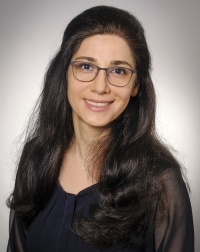pH-responsive size- and charge-selective block copolymer membrane for the separation of small proteins
Blue-light-induced RAFT polymerization was utilized to synthesize poly(N,N-dimethylacrylamide)–block–polystyrene (PDMA–b–PS) diblock copolymers to obtain 40 g per batch for membrane fabrication. Larger isoporous membranes (≈ 0.5 m · 0.3 m) with pore diameters of ≈ 25 nm in the dry state and around 4 nm in the wet state were obtained by the combination of self-assembly and non-solvent induced phase separation (SNIPS). Membranes were post-modified with hydrochloric acid to impart negatively charged, pH-responsive poly(acrylic acid)–block–polystyrene (PAA–b–PS) membranes. Meanwhile all proteins like cytochrome C, insulin, lysozyme, myoglobin, and ovalbumin were fully rejected by the pristine PDMA–b–PS membrane, the PAA–b–PS membrane exhibited the rejection of proteins with a hydrodynamic radius Rh ≥ 1.9. A real selectivity of 4.1 for the positively charged protein cytochrome C compared to the similarly sized, but negatively charged insulin, as well as a real selectivity of 16.1 towards the negatively charged ovalbumin was obtained showing the size- and charge-selective characteristics of the PAA–b–PS membrane for protein separation.

Abteilungsleiterin
Selbstorganisation und Funktionelle Nanostrukturen
Tel: +49 (0)4152 87-2802
